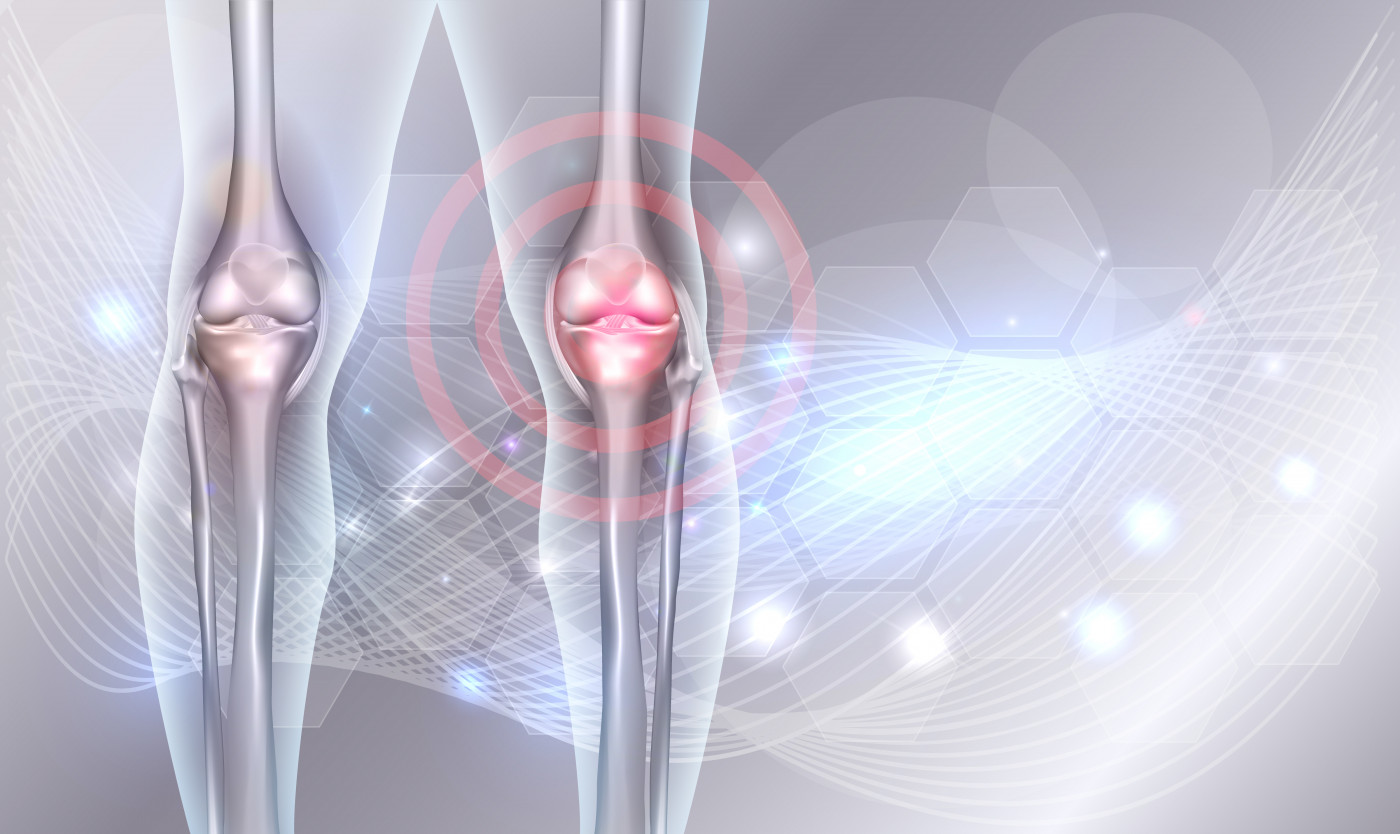Differences Between Primary and Secondary Hypoparathyroidism

Hypoparathyroidism is a condition in which the body cannot produce enough parathyroid hormone (PTH) from the parathyroid glands. Depending on what causes the disease, hypoparathyroidism is categorized as primary or secondary.
Primary hypoparathyroidism
Primary hypoparathyroidism, also known as congenital hypoparathyroidism, is when the disease occurs from birth or is inherited.
There are four main causes of congenital hypoparathyroidism: DiGeorge syndrome, type 1 autoimmune polyglandular syndrome, lack of parathyroid glands at birth, and PTH gene mutations.
DiGeorge syndrome
In DiGeorge syndrome the parathyroid glands do not form properly or are smaller than normal, and unable to produce enough PTH. A genetic mutation that causes part of chromosome 22 to be missing leads to DiGeorge syndrome.
Type 1 autoimmune polyglandular syndrome
Type 1 polyglandular syndrome develops as the result of an autoimmune response in which the body mistakenly makes antibodies against the parathyroid, thyroid, and adrenal glands. Apart from hypoparathyroidism, type 1 polyglandular syndrome also is associated with adrenal insufficiency (Addison’s disease) and mucocutaneous candidiasis (widespread yeast infections).
Lack of parathyroid glands
Some babies are born without parathyroid glands, so their body cannot produce PTH.
PTH gene mutations
In this case, there is a mutation in the gene that provides instructions for making PTH. This results in the inadequate secretion of parathyroid hormone.
Secondary hypoparathyroidism
Secondary hypoparathyroidism develops as a result of damage to the parathyroid glands, rendering them unable to secrete enough PTH. The main causes of this damage are neck surgery and radiation therapy to the neck region as part of cancer treatment.
Low levels of magnesium also can lead to secondary hypoparathyroidism because magnesium is a mineral that is vital to parathyroid gland function. A common cause of low magnesium levels is chronic alcoholism. Other causes include malnutrition, malabsorption, diabetes, chronic diarrhea, certain kidney disorders, and the use of some medications.
Symptoms of hypoparathyroidism
Regardless of the cause, having too little PTH causes low levels of calcium (hypocalcemia) and high levels of phosphorus (hyperphosphatemia), which can lead to a host of symptoms. These can be mild, such as a tingling or numbness in the fingers, toes, or around the lips, to severe muscle cramps and spasms. You also may experience fatigue, generalized weakness, muscle aches, anxiety, and headaches.
Other symptoms include dry skin, patchy hair loss, difficulty breathing, depression, irritability, and dental problems.
Last updated: May 22, 2020
***
Hypoparathyroidism News is strictly a news and information website about the disease. It does not provide medical advice, diagnosis, or treatment. This content is not intended to be a substitute for professional medical advice, diagnosis, or treatment. Always seek the advice of your physician or other qualified health provider with any questions you may have regarding a medical condition. Never disregard professional medical advice or delay in seeking it because of something you have read on this website.






